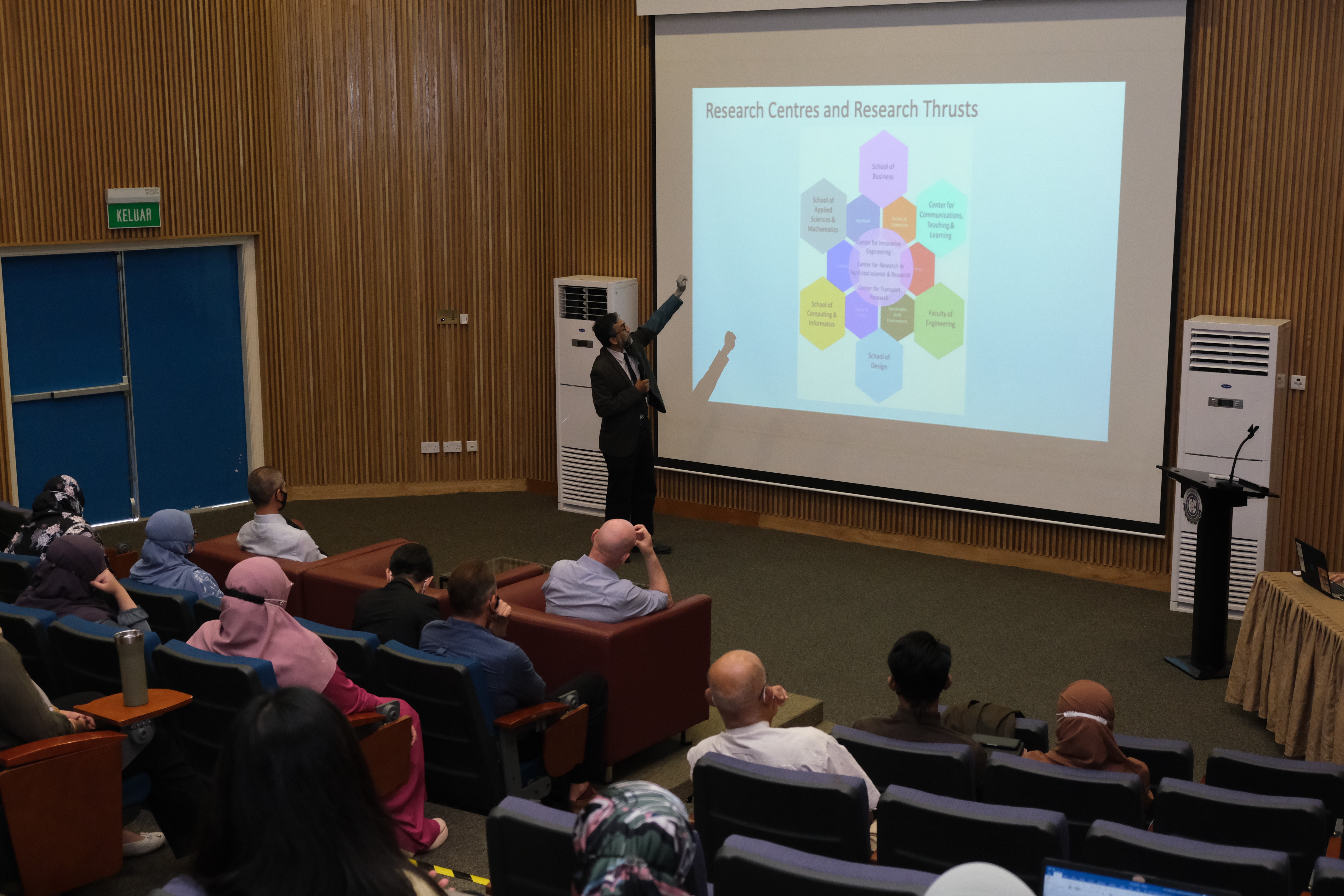Home > Media Centre > Salam Online > Local Take On Sand-Retention
Published on June 23, 2023
Controlling sand during production is one of the industry’s biggest challenges in the pursuit for hydrocarbons. For BSP, surrounded by the distinct nature of the regional geology in Borneo, this is a shared challenge.
To extract oil and gas, wells are drilled to reach pockets of hydrocarbons underground – while the journey might seem easy on paper, drilling through rocks is just one of the barriers our engineers have to overcome.
Sand is one of the common materials that can hinder hydrocarbon extraction process by entering the well. To manage this, Sand Retention is utilised, a process in which sand is held back from entering wells by wire screens. Much like a coffee filter, which separates coffee ground from precious caffeinated liquid, the screens work to prevent sand from seeping into a well hole.
However, the selection of the best screen is a highly technical process, with many factors to be considered. Upfront numerical modelling and computer simulations are trending to become the key to a successful and maximised hydrocarbons production.
Bringing Outside In: Localising Sand Retention Needs
Recognising an opportunity to develop local capabilities in this space, BSP signed a three-year contract in 2020 in partnership with Universiti Teknologi Brunei (UTB). The contract aims to create a commercial sand screen testing facility at UTB providing new and more efficient tests to identify how to reduce sand production by selecting proper downhole sand screens.
The research sees the collaboration between BSP, UTB as well as Imperial College London (ICL) and the University of New South Wales (UNSW).
Professor Stephen Tyson, the Principal Investigator of the project said, “This project represents a transformational moment for UTB. We are showing that UTB and its research partners are capable of delivering the highest quality of research to local industry. We are employing and training young, Bruneian engineers and technicians and I am very proud of their achievements.”
The focus on local capabilities is echoed by the 12 Bruneian researchers and technicians who are employed to support the project – a true testament highlighting Bruneian talents who are creating solutions for an industry-wide technical problem.
What’s Next?

With research outcomes progressing the project, the research team is refining the calibration of the lab equipment to match its current counterpart – a sand retention testing facility in Houston.
Paired with continued and consistent sand retention testing experiments that can hopefully come to commercial fruition, this opens up a potential not only for UTB to have the capability to test all types of sample screen, but to be the testing hub in the Asia region.
Amal Majeedah Aji, BSP contract holder for the project, shared positive outlook on the project.
“Through this project, not only do we see close collaboration between BSP and UTB, but the opportunity to deepen local understanding on sand screen designs that could positively impact life of our wells. This project is a great example of public-private partnership to create local capabilities that will progress Wawasan 2035 of having highly-skilled individuals.”